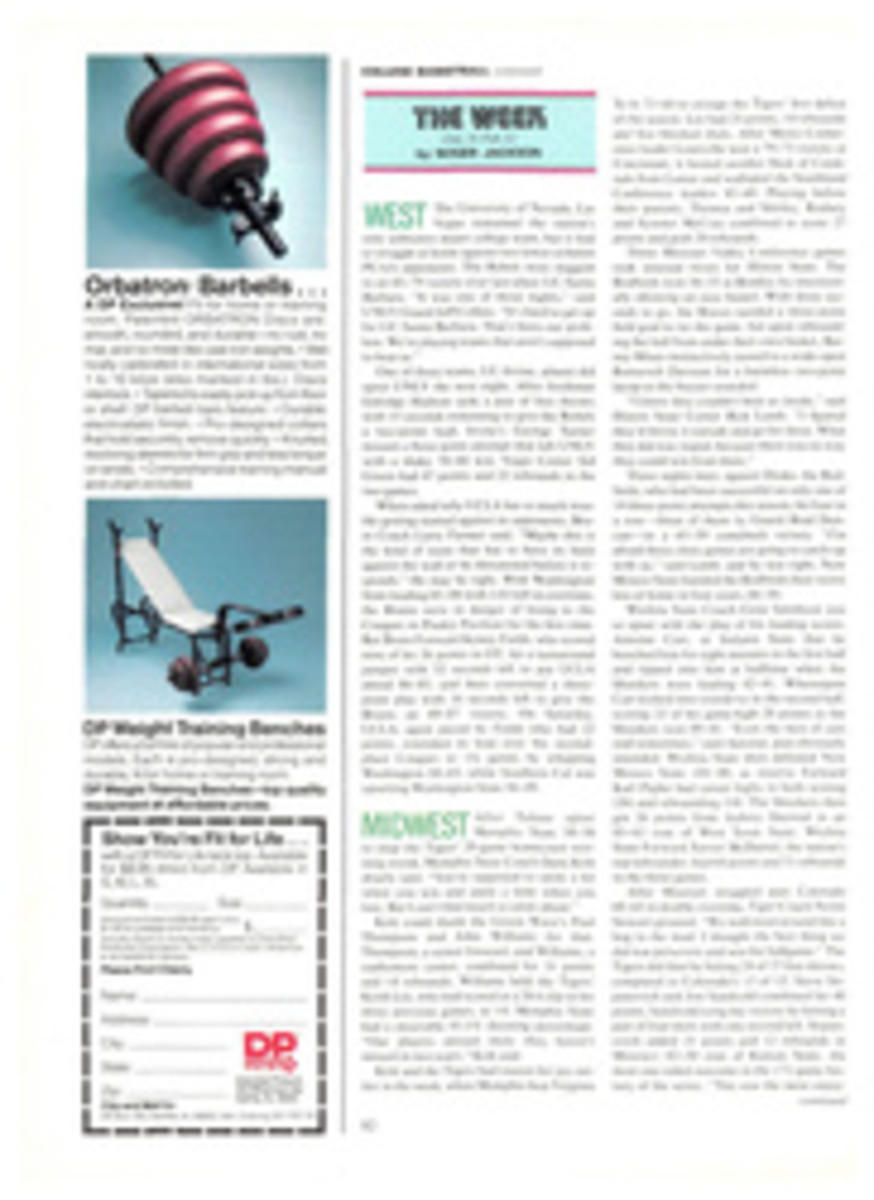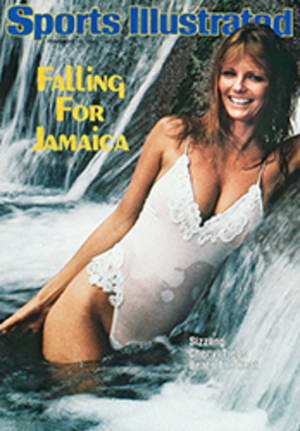
AN OLD MINOR-LEAGUER WRITES ABOUT SEATTLE WITH MAJOR LEAGUE PROBITY
Emmett Watson is a former sportswriter who went "over the wall," as he puts it, in 1956 and for the next 26 years wrote a six-days-a-week general column for the Seattle Post-Intelligencer. In January 1982, having decided that 216,000 words a year was too much, Watson retired the daily column and set out to write his first book. The result is Digressions of a Native Son (The Pacific Institute, $7.95), an entertaining collection of Watson's reflections on the wet but wonderful city of his birth and some of its more memorable citizens, not excluding himself.
Watson is a reluctant, even surreptitious autobiographer, but his perceptions, formed by his Seattle experience as boy and man, are the glue that holds his disparate set of portraits together.
Watson played baseball at the University of Washington, fully intending to be a major-leaguer who would leave Seattle for Detroit, St. Louis or New York. His hopes, he says, were dashed by one Arthur Cummings. "It was Mr. Cummings," Watson writes, "who, late in the nineteenth century, developed the idea that, by cracking one's wrist at the precise moment of throwing a ball, you could deliver it with a downward spin."
Despite his inability to hit Mr. Cummings' curve, Watson was briefly a wartime, second-string catcher for the Seattle Rainiers of the old Pacific Coast League. Bill Skiff, his manager, when obliged to say something kind about his hometown property, told reporters, "He does one thing as well as any catcher I've ever seen. I have watched a few catchers in my time—Cochrane, Dickey, Hartnett and Harry the Horse Danning. I will tell you this. None of them could squat better than Watson."
Fortunately for Seattle's newspaper readers, Watson put his peerless squat to use at a typewriter. Baseball was his beat, but in time he wrote about all the major sporting events of the '50s and '60s. His essay on the calculatedly quixotic challenge of Olympic gold medalist Pete Rademacher for Floyd Patterson's heavyweight title in 1957, an event that trained the klieg lights of national attention on staid, provincial Seattle, is the book's centerpiece. It was Watson who thought to ask Patterson the question everyone else had ignored. Did Patterson feel there was an element of racism in the bizarre match-up of a white amateur and the world heavyweight champion? The question opened a floodgate, and the usually reticent Patterson spoke bitterly, and eloquently, on the subject. The interview wasn't printed in the newspaper, because Watson's editors felt it might cause a riot the night of the fight, attitudes being what they were in 1957.
Watson's formative years coincided with the Great Depression. His youthful experiences at a time when part of Seattle's waterfront was a Hooverville, an area of shacks where homeless, jobless men took shelter, shaped him and his preferences in the people he writes about. He admires compassion and despises intolerance, and he takes pleasure in tooting the horns of people who wouldn't dream of tooting their own. His heroes, the subjects of these portraits, are a mixed bag ethnically, professionally, politically and economically, but they all tend to score high in conscience and low in pomposity. There is lawyer Jim Ellis, who single-handedly and single-mindedly led the fight that resulted in the restoration of polluted Lake Washington to its original Alpine clarity. There is Football Coach Leon Brigham, who built a tradition of tolerance and excellence at Garfield High School, whose student body was racially mixed and encompassed a wide family-income range. That tradition survived even the racial tensions of the '70s. There is Ron Fagan, an outcast, a derelict, who pulled himself together at 36, graduated with honors from Seattle University at 49, and became a national authority on the treatment of alcoholism. And for laughs there are the flacks, like Jack Macdonald, who persuaded state officials to tighten hunting license restrictions by hiring a blind man with a guide dog and taking him to a downtown hardware store and then publicizing the fact that the store happily sold the man not only a hunting license but a shotgun and ammunition as well.
This book shows that good cities are made by good people. Having a good journalist standing by ready to give credit where it's overdue helps, too.

